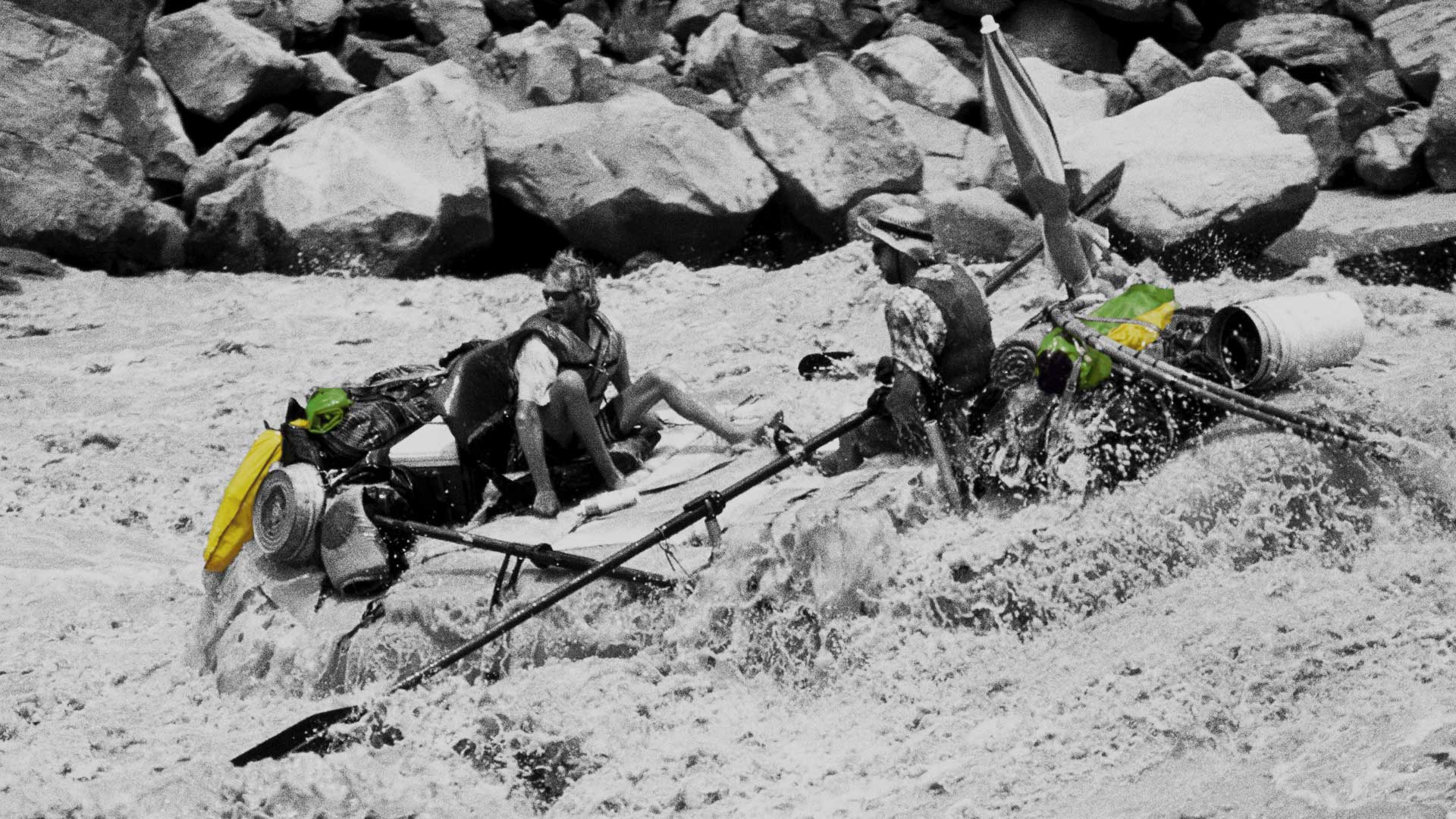
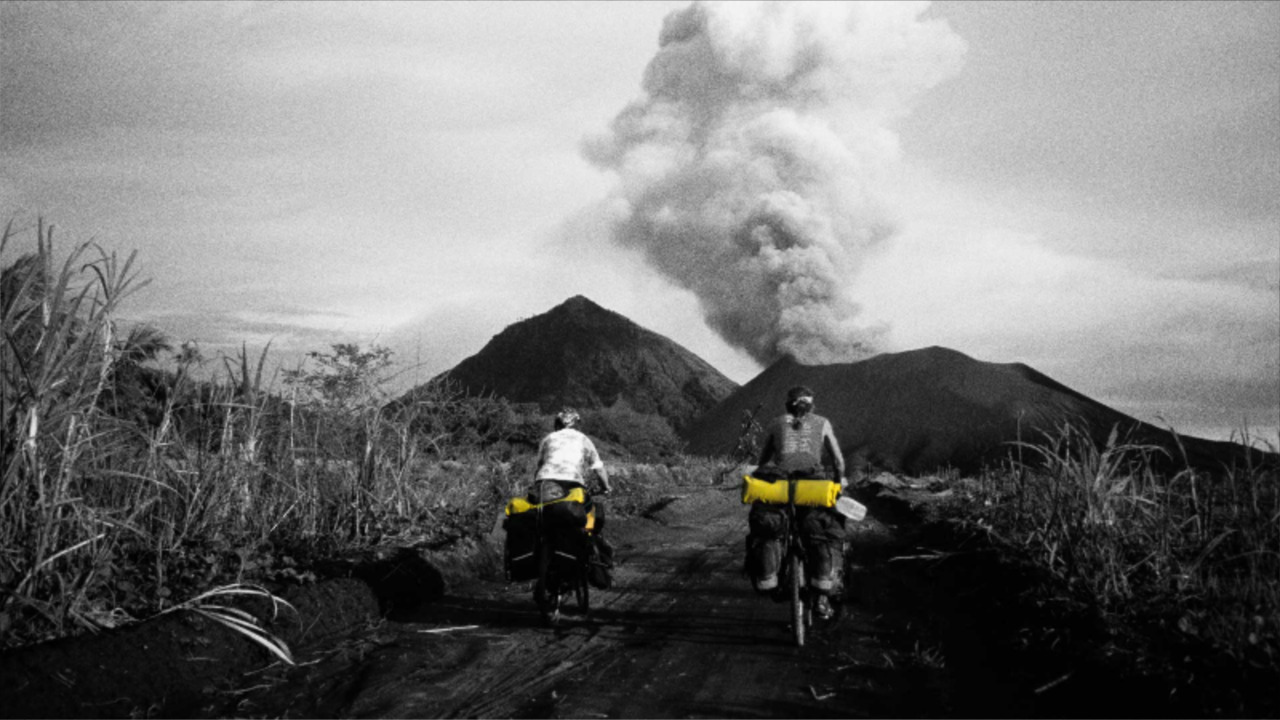
Seal Line held a foremost position the the paddlesport market and was now looking to enter new markets with the brand. The waterproof technology that made Seal Line competitive on the water could also be used as rain protection on dry land. But where was the best place to use this protection, and what was the best opportunity for brand growth?
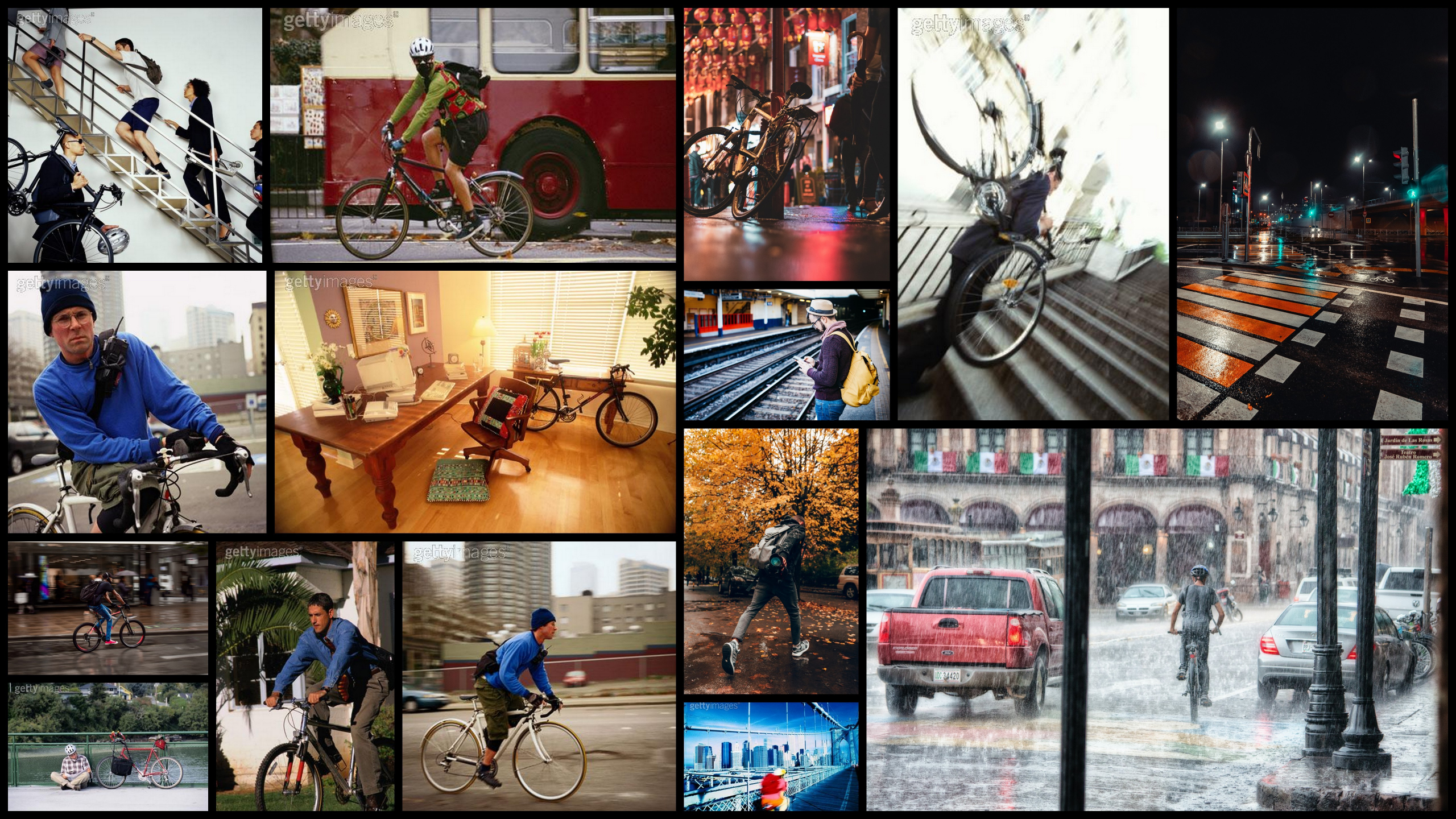
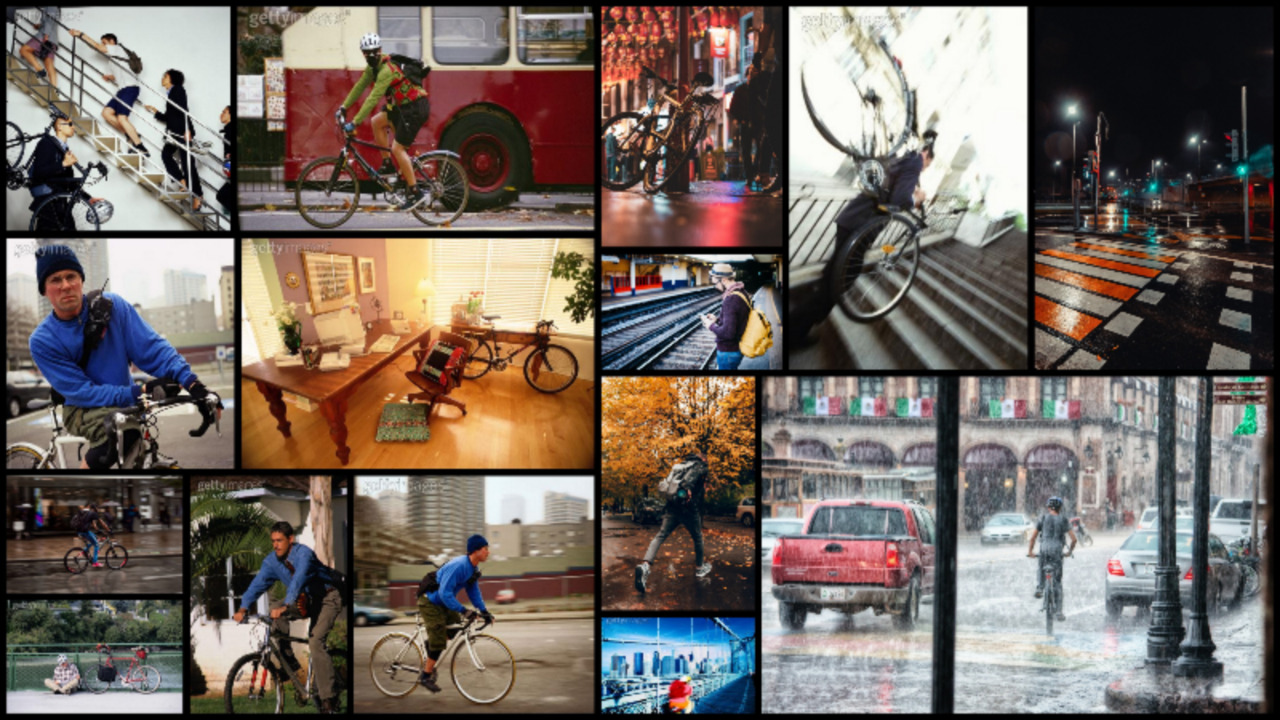
Although the outdoor industry
seemed like the most obvious market for a product extension , it was saturated with big-name competitors and low margins. As the team looked at adjacent opportunities, one group continued to stand out: the urban commuter. These users had all of the outdoor needs of a backpacker, but none of the equipment.
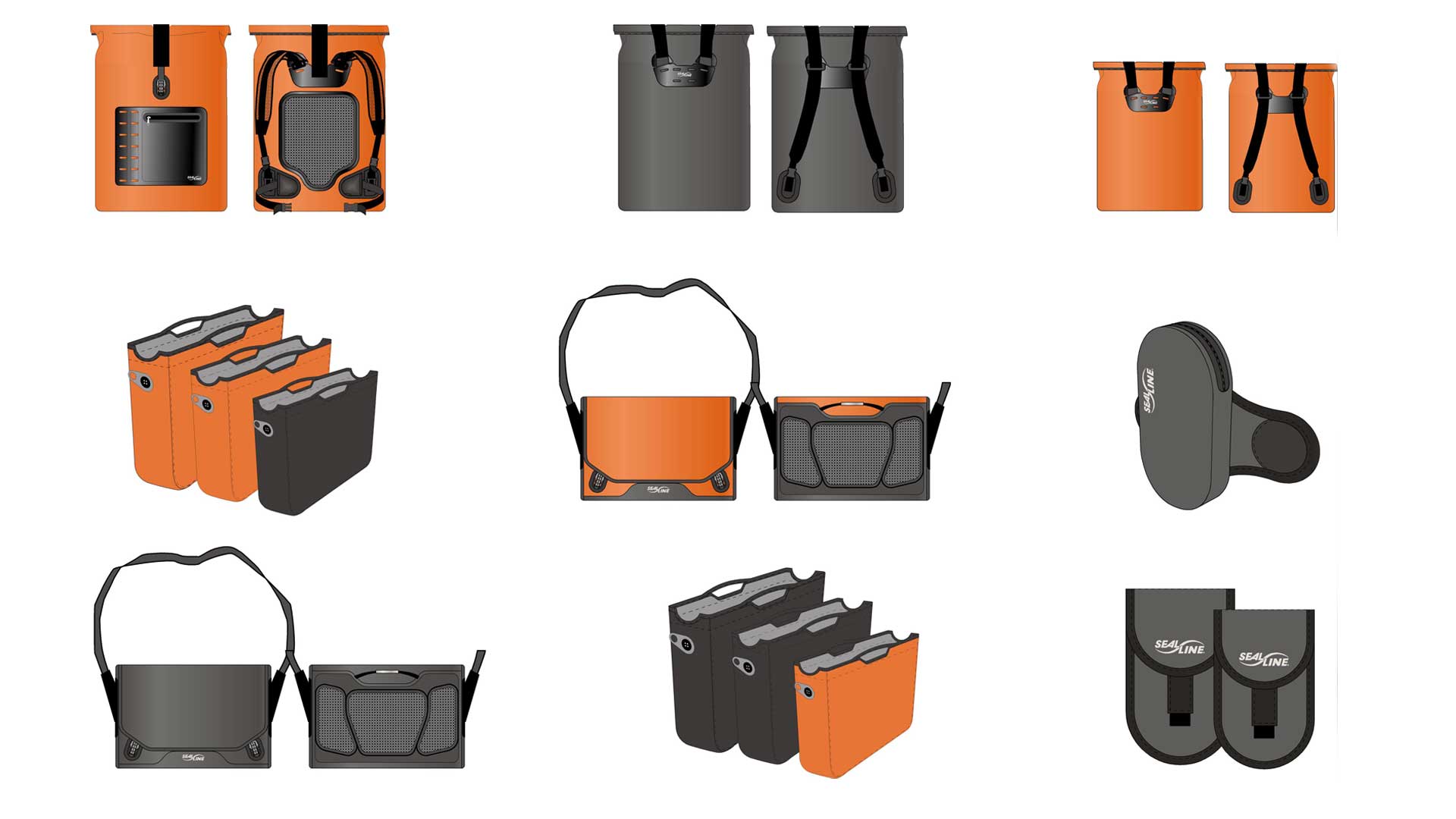
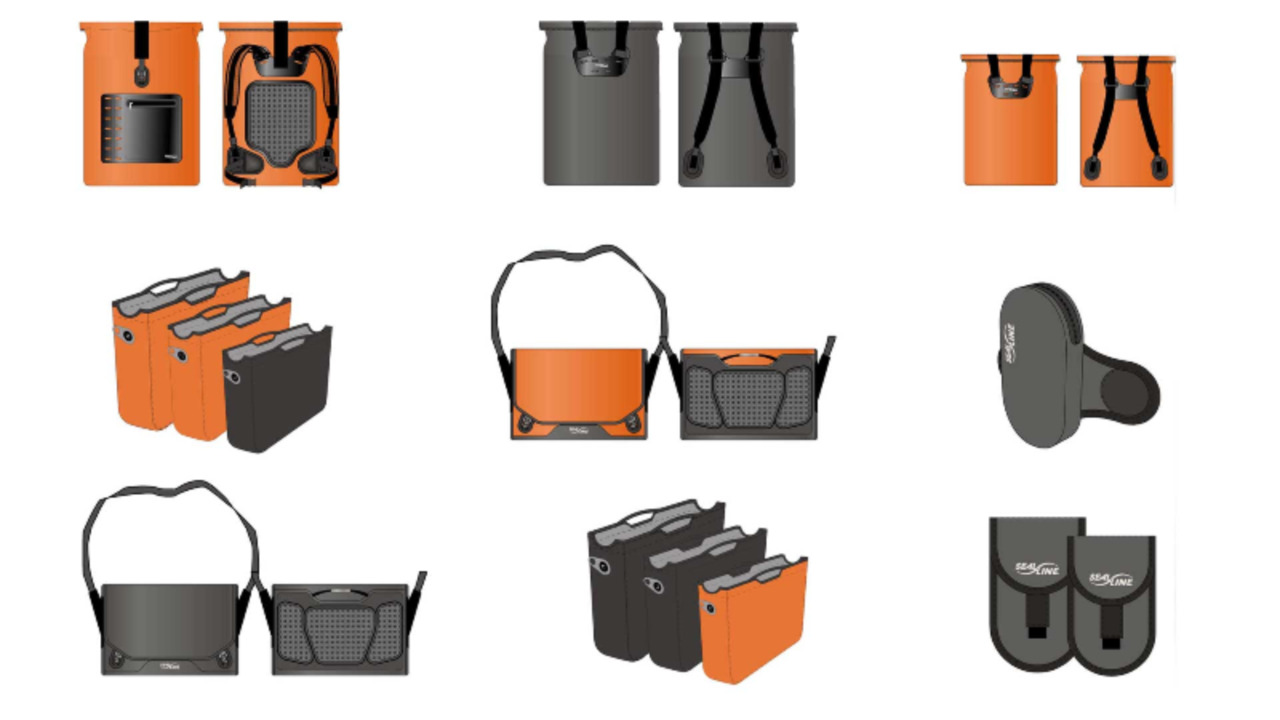
Starting from a blank slate, the
design team developed a new urban-friendly aesthetic for the new products without losing any of the functional benefits. New technologies, manufacturing techniques, and new materials were utilized to ensure waterproof protection, environmental responsibility, and high durability.
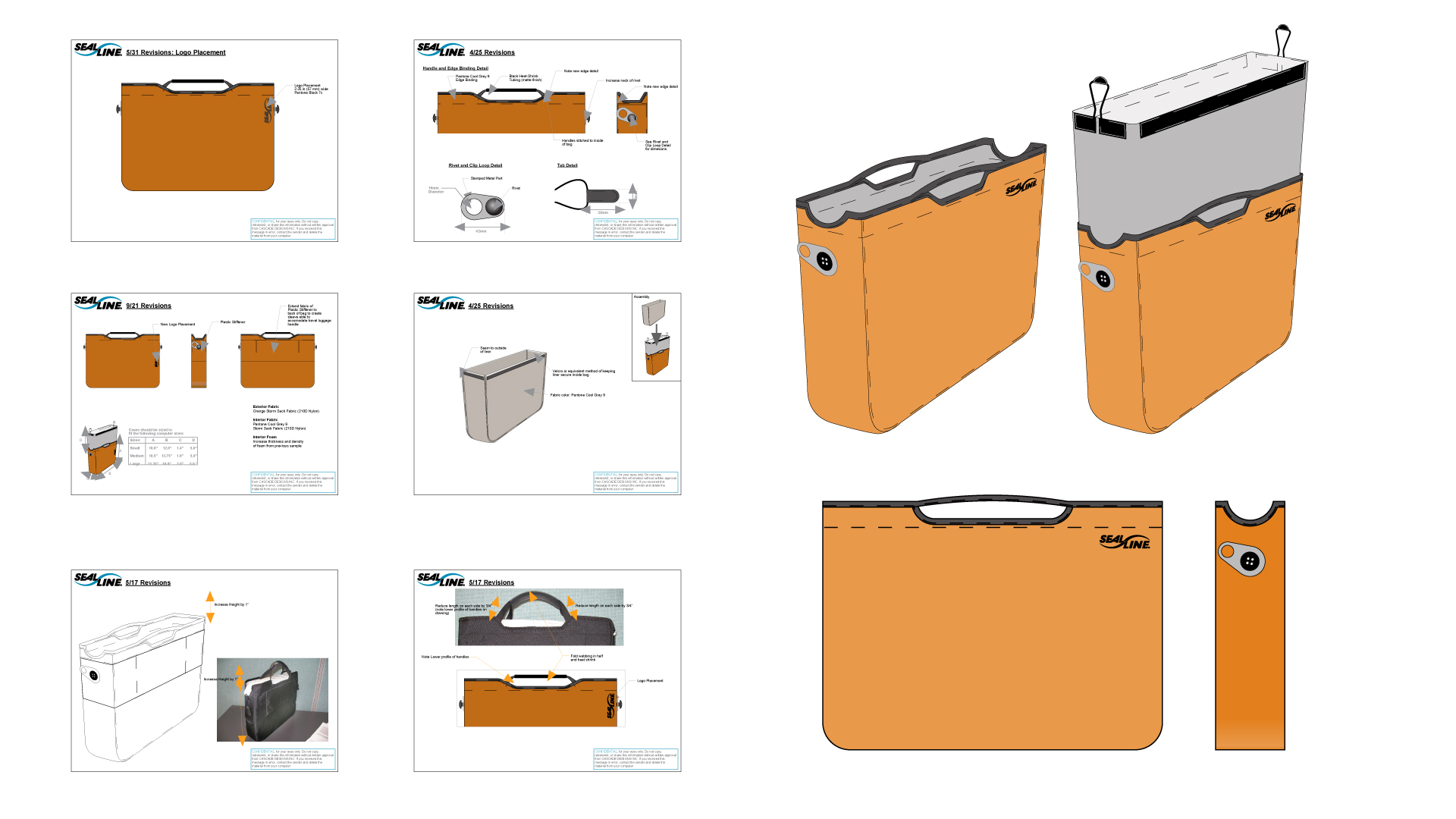
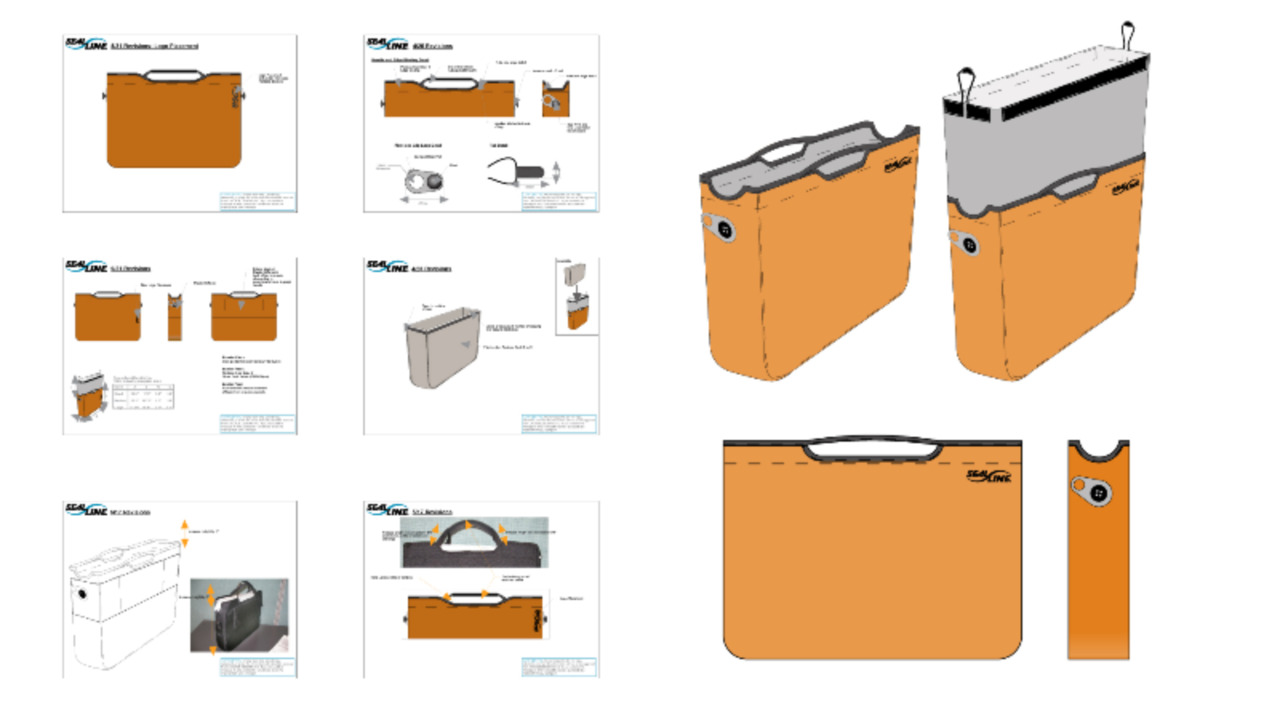
Although 80% of the products were
made onshore, many of the smaller
sewn products were manufactured overseas. Working closely with an Asian vendor under tight timelines
required communication above and
beyond typical e-mail missives.
Because there was little time for
prototypes, the clarity and accuracy
of spec packs were essential.
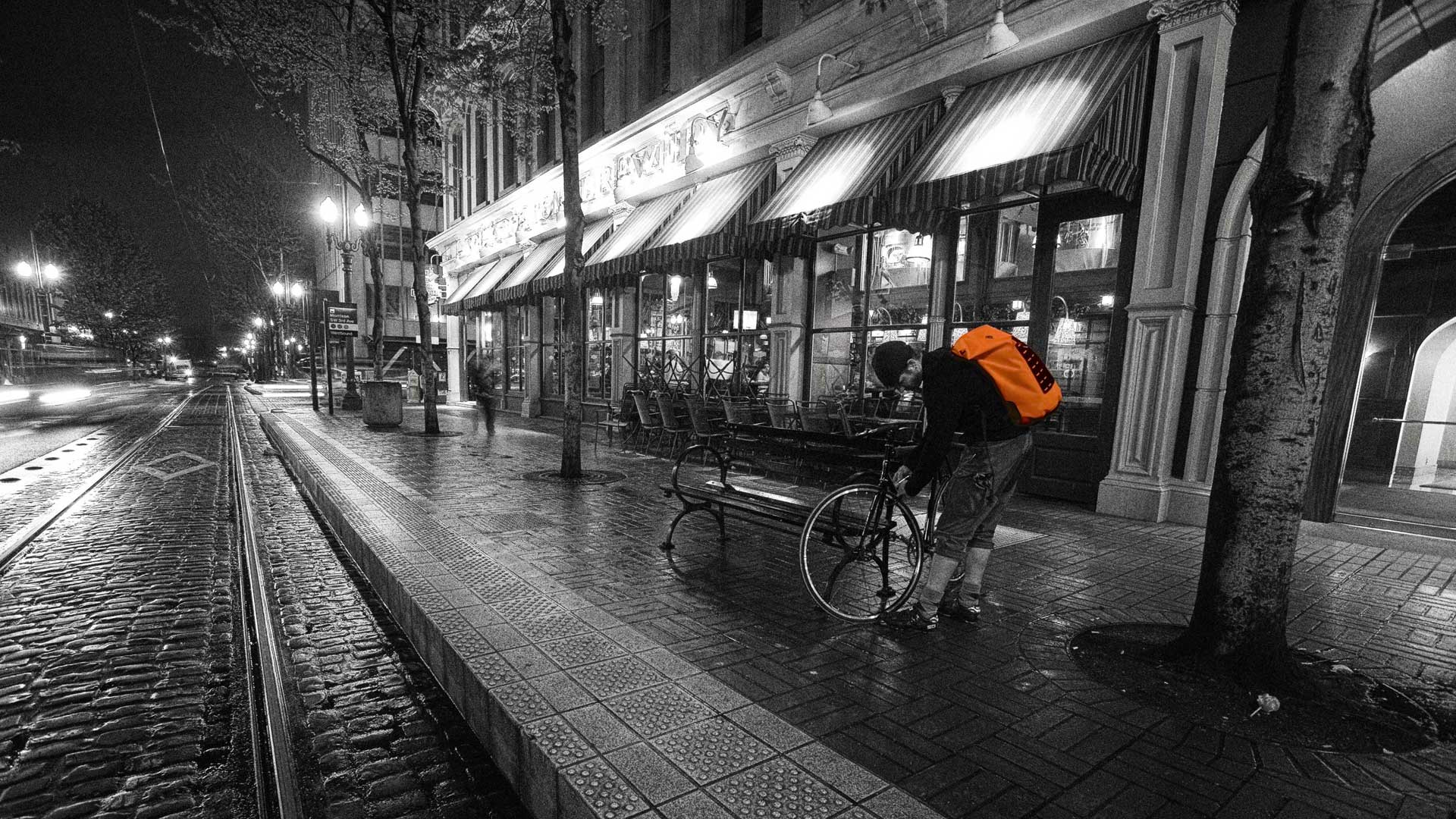
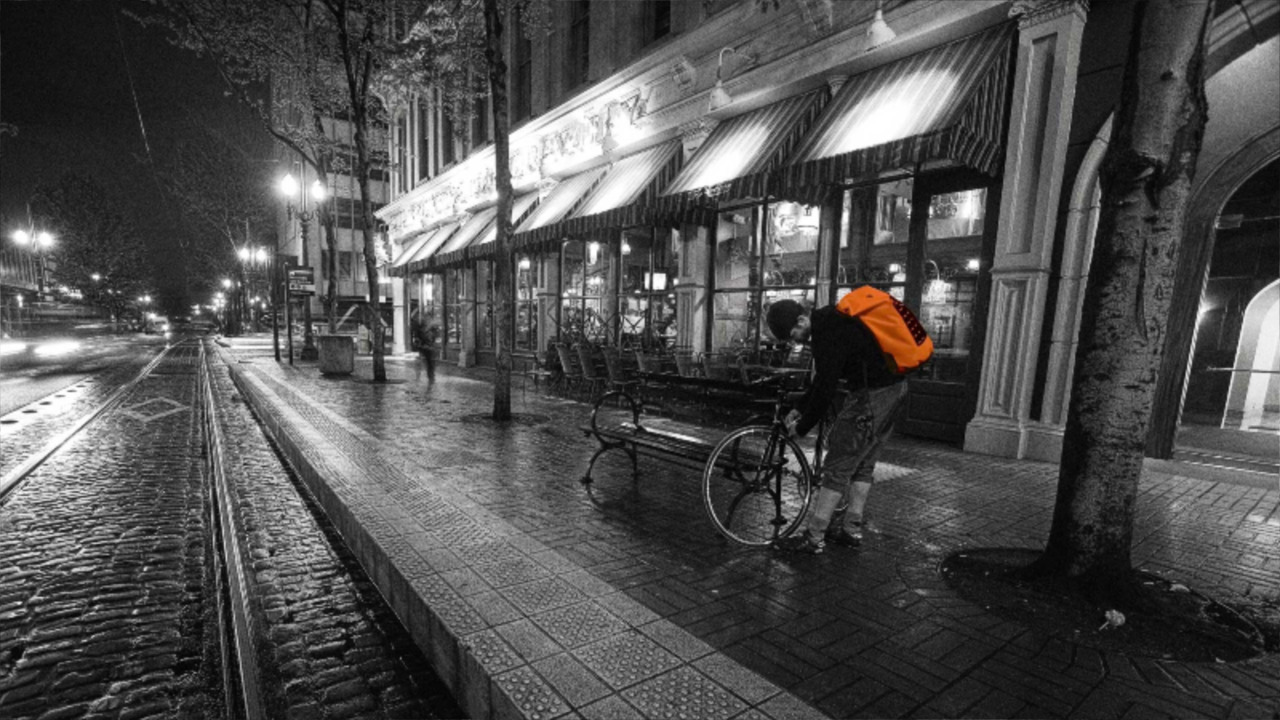
Within seven months of the initial decision to expand, Seal Line launched a complete line of urban commuter products - all with a focus on staying dry and protected in the daily commute. Six months after product launch, the line doubled its initial forecasts.